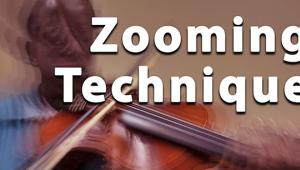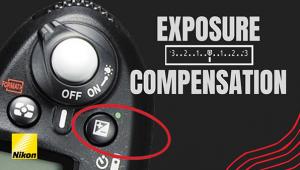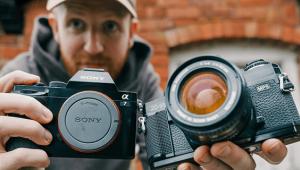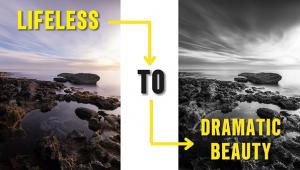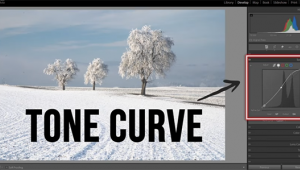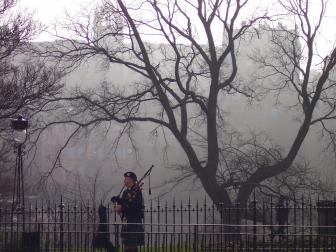Clockwork Cameras; Wind-On Advance Through Time Page 2
 |
|
|
World War II was followed by the Cold War, a time when manufacturers began developing spy cameras and one of them—the Russian F-21—featured a built-in clockwork motor drive. Although originally quite rare, many more have become available since the breakup of the Soviet Union and the reunification of Germany, and it is probable that these cameras continued to be made for the collectors’ market long after they ceased being used for espionage purposes.
The 1950s saw a boom in clockwork cameras, particularly from Ricoh with models for full-frame 35mm, half-frame, and even Kodak Instamatic cartridges. The same decade saw the German Finetta 99 and the Italian Gami, one of the best-specified 16mm cameras ever made. From America came the Bolsey 8, advertised as the world’s smallest cine camera, but one with a single frame shutter release that offered variable speeds from 1⁄50 to 1⁄600 sec. Although the public failed to take to it, the Bolsey did see some success with government intelligence agencies in America and overseas.
 |
|
|
Soon, the Japanese produced the Auto Terra, also known as the Optika; the Russians introduced the Leningrad; and the Americans gave us the Kodak Motormatic. Kodak also produced a range of motor-driven cameras in the Instamatic range before the Japanese got into the act with the Fujica Drive, the Fujica Rapid, and the Autopak 800 from Minolta.
 |
 |
||
|
|
Perhaps the best clockwork-driven camera from this era came from Switzerland. Called the Tessina and launched in 1961, it was a tiny twin lens reflex, the size and shape of a matchbox. The lenses for shooting and viewing were mounted on the narrow edge of the body at right angles to the film path, and two mirrors were used, one for each lens, to reflect their images down to the film and up to the ground-glass viewfinder on top of the body. The addition of a strap allowed it to be worn on the wrist like a watch.
 |
|
|
The Tessina, which was available in a range of colors, took 35mm film in its own special cassettes to produce images of 14x21mm. A pull-out thumbwheel on the edge of the body was wound to activate the clockwork motor after each exposure.
Also from the 1960s came the Canon Dial 35, unlike any other camera from this manufacturer. It was so called because of its 10 round windows surrounding the lens, making it resemble an old-fashioned telephone dial. Each of these windows was designated with a film speed and, behind each one, there was a different sized aperture. Turning a milled ring around the lens rotated these in front of a metering cell, making it more or less sensitive, according to the film speed set.
 |
|
|
It fell to the Russians to make the last clockwork-driven cameras. They came in the shape of the Lomo 135 series, launched as late as 1975, by which time the electronic age had arrived and batteries rapidly replaced clockwork.
This short article doesn’t cover every clockwork-driven camera ever made, but it does look briefly at some of the best and least known. Clockwork was also used in some specialized panoramic cameras and a great many movie cameras. But that’s
another story…
Values for clockwork-driven cameras vary greatly, from no more than a few dollars in your nearest thrift store for an Instamatic 400 or a Minolta Autopak to up to $800 for a Robot Royal 36. In between, you can pick up a Ricoh Auto Shot for $30, an F-21 for $250, a Canon Dial 35 for $65, a Bolsey 8 for $200, or a Tessina for $750.
 |
More information about this subject can be found in Clockwork Cameras by John Wade, available from www.blurb.com and www.camerabooks.com. See also the author’s website at: www.wrayflex.co.uk.
- Log in or register to post comments


















